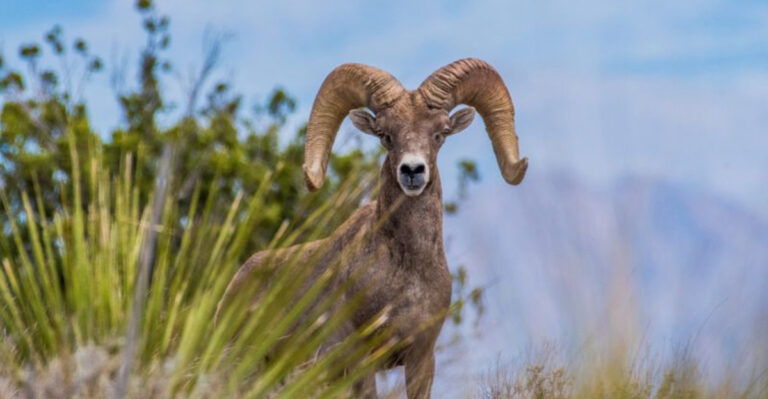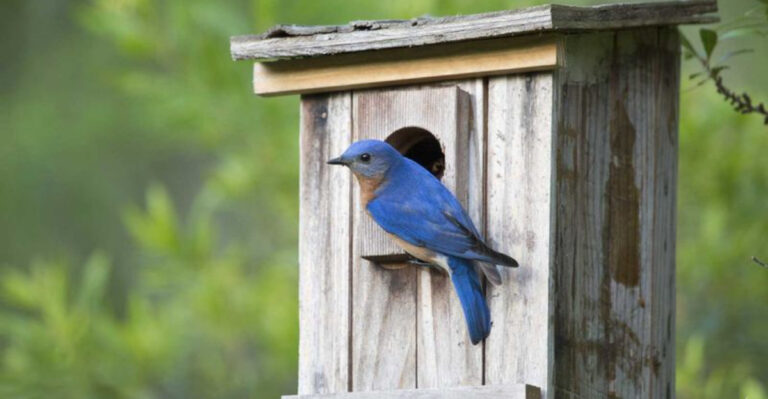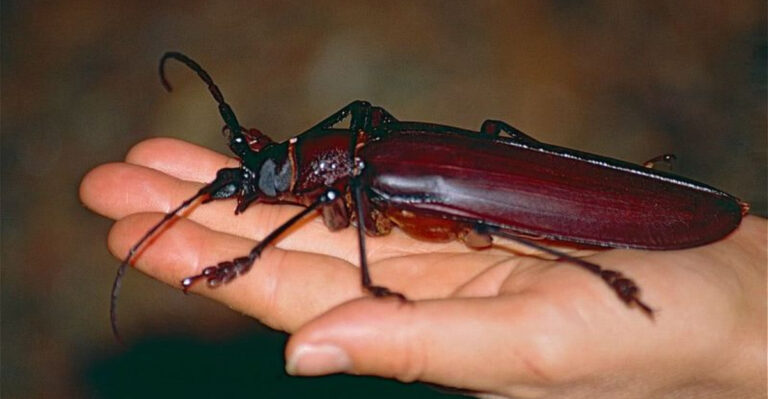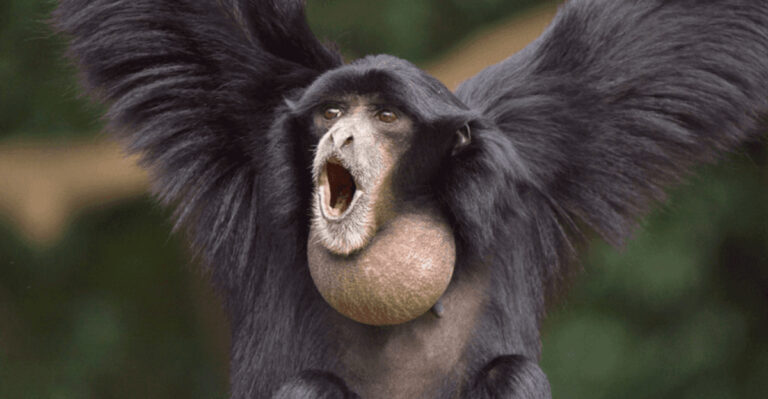What Makes The Atlantic Spotted Dolphin Stand Out In Florida Waters

The Atlantic spotted dolphin is one of Florida’s most fascinating marine residents. These playful creatures captivate both scientists and tourists with their unique characteristics and behaviors.
As you cruise along Florida’s coastlines, these spotted acrobats might be the highlight of your ocean adventure, displaying intelligence and charm that few other marine species can match.
1. Speckled Masterpieces
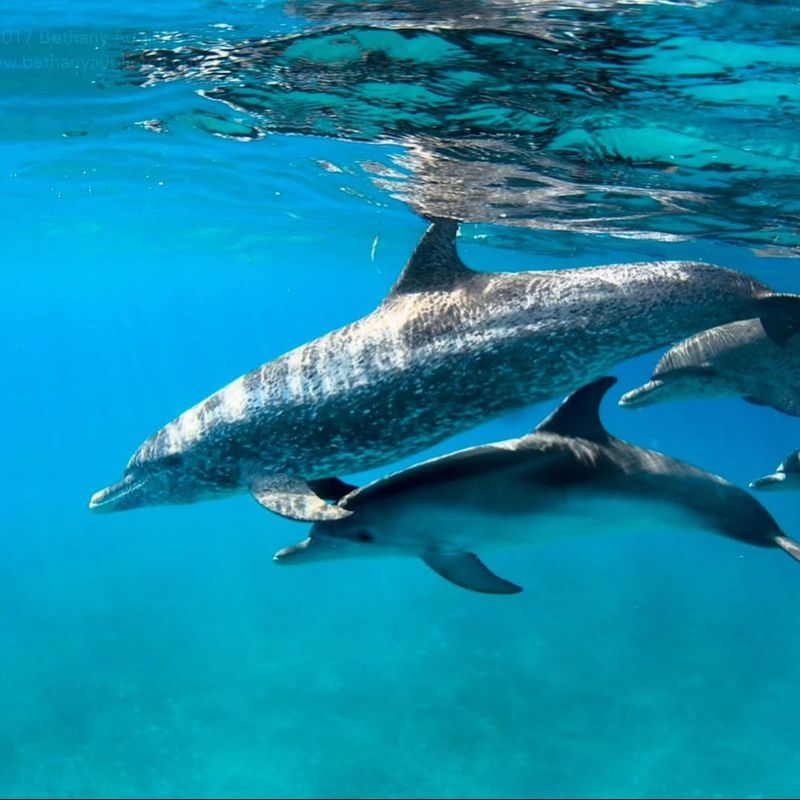
Baby Atlantic spotted dolphins arrive into the world completely spotless. Their pristine gray bodies gradually develop distinctive freckle-like markings as they mature, creating a living canvas that’s uniquely their own.
By adulthood, these dolphins showcase a spectacular spotted pattern that resembles a starry night sky across their bodies. No two dolphins share identical spot patterns, making each animal as individual as a human fingerprint.
2. Four-Stage Fashion Show
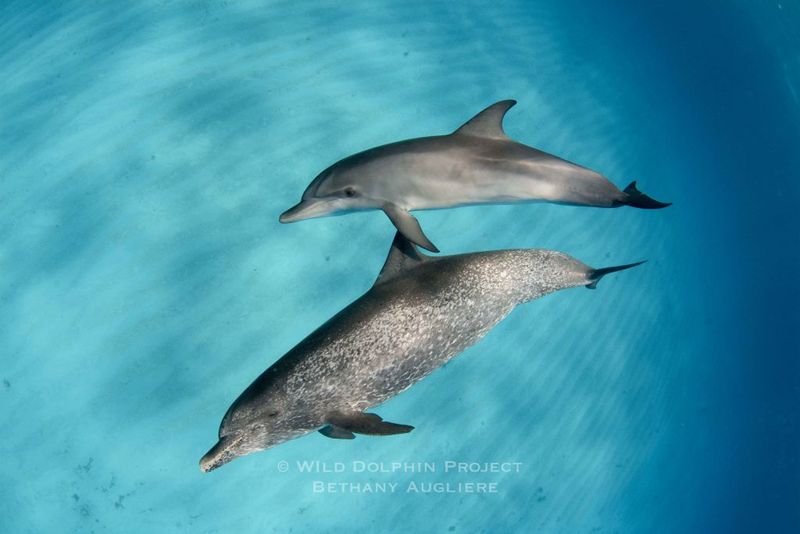
Mother Nature designed these dolphins with a remarkable wardrobe change system. Atlantic spotted dolphins transform through four distinct color phases throughout their lifetime.
Starting as unspotted youngsters, they gradually acquire spots until reaching their fully freckled adult form. This natural aging process allows researchers to estimate a dolphin’s age simply by examining its spot density and pattern, serving as a biological timeline written across their skin.
3. Coastal Cruisers
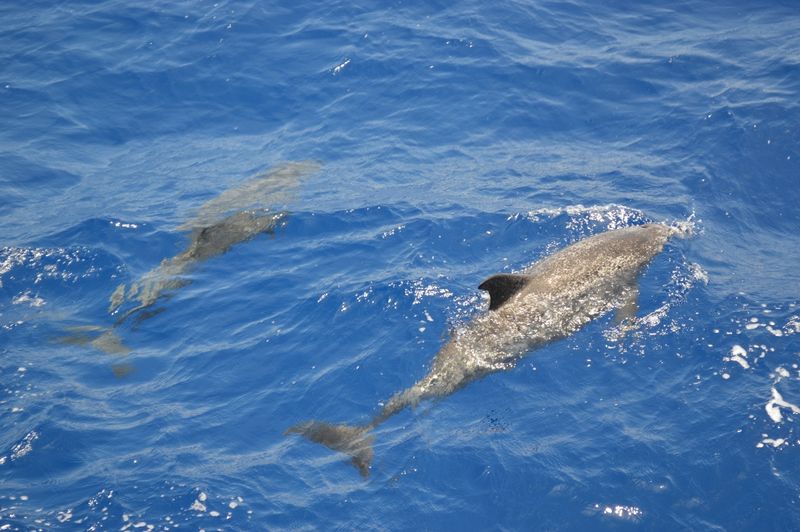
While many dolphin species prefer deep offshore waters, Atlantic spotted dolphins embrace Florida’s continental shelf. They particularly favor areas where the ocean floor rises from 20 to 250 meters deep.
This preference for shallower coastal zones makes them more accessible to humans than their deep-water cousins. Their habitat choice creates perfect opportunities for wildlife enthusiasts to witness their graceful movements without venturing far from shore.
4. Aerial Gymnastics Champions
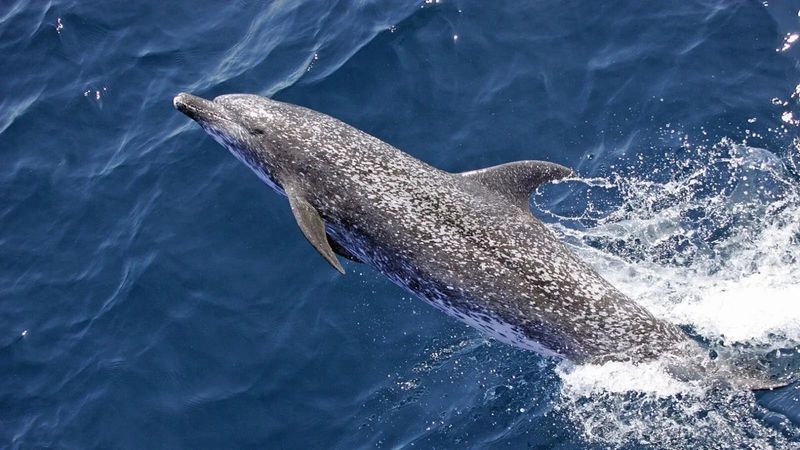
Few marine creatures can match the athletic prowess of Atlantic spotted dolphins. These natural performers launch themselves skyward in spectacular leaps, sometimes reaching heights of 20 feet above the water’s surface.
Their aerial ballet includes spins, flips, and twists that would impress Olympic gymnasts. These acrobatics serve multiple purposes beyond mere play—they help dolphins communicate, shake off parasites, and sometimes simply express what appears to be pure joy.
5. Supersonic Communicators

Atlantic spotted dolphins possess communication abilities that surpass human technology. Their complex language includes clicks, whistles, and body movements that transmit information across surprising distances underwater.
Each dolphin develops a unique signature whistle—essentially its name—that others recognize. Their echolocation system functions like natural sonar, allowing them to create detailed mental images of their surroundings and detect objects the size of a penny from over 200 feet away.
6. Social Network Specialists
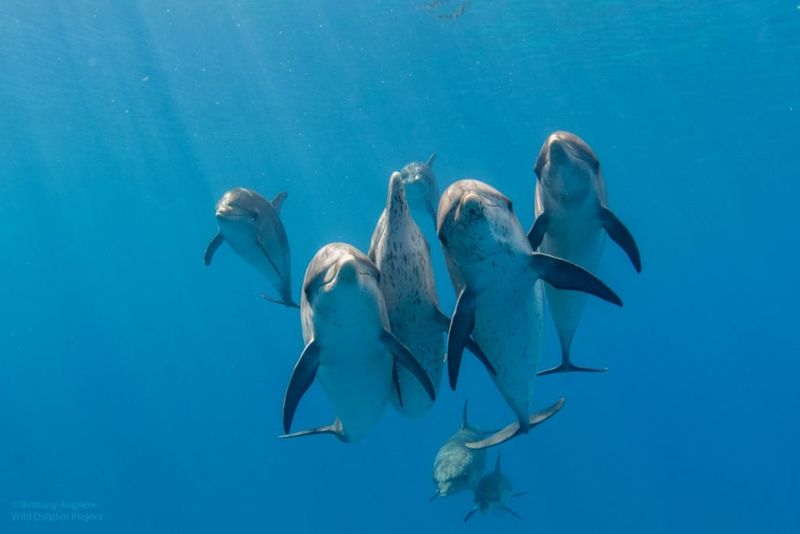
Atlantic spotted dolphins maintain complex social structures that rival human communities. They form dynamic groups ranging from just a few individuals to over 50 members, with relationships that span decades.
Scientists have observed them engaging in cooperative hunting, babysitting for other mothers, and even mourning their dead. Their social bonds create support systems that help them navigate life’s challenges, from finding food to raising young in Florida’s sometimes unpredictable waters.
7. Wave-Riding Enthusiasts

Long before humans invented surfboards, Atlantic spotted dolphins mastered the art of wave riding. These natural surfers deliberately position themselves to catch the pressure waves created by boats and large marine creatures.
They’ve perfected the technique of riding bow waves, appearing to hover effortlessly at a boat’s front edge. This behavior conserves energy while allowing dolphins to travel faster than their normal swimming speed—a brilliant adaptation that combines efficiency with what appears to be genuine enjoyment.
8. Gourmet Hunters
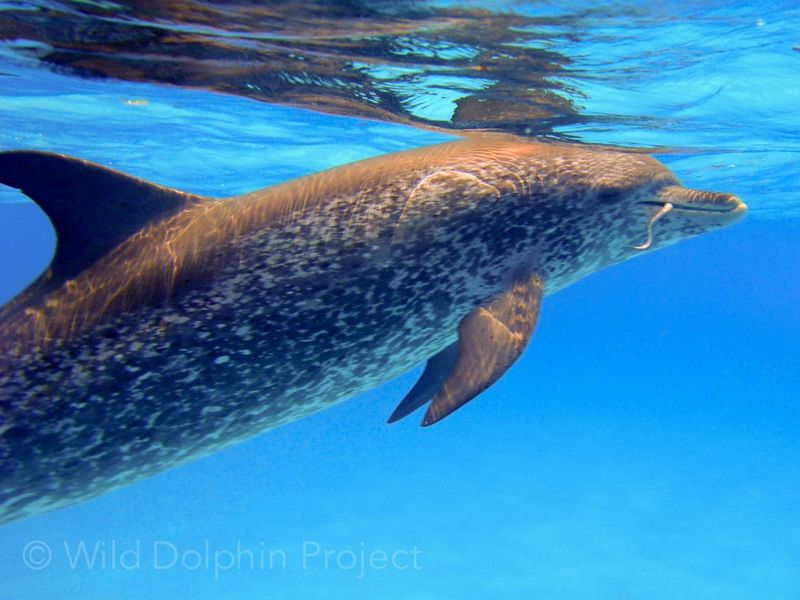
Florida’s spotted dolphins display remarkable hunting intelligence. Rather than chasing just any fish, they specifically target energy-rich species like mullet, herring, and squid that provide maximum nutritional return.
Their hunting techniques showcase problem-solving abilities—they’ll herd fish against sandbars, coordinate to surround prey, or even use marine sponges as protective nose covers while foraging along rough seafloors. A single dolphin might consume up to 15 pounds of food daily, requiring sophisticated hunting strategies.
9. Memory Masters
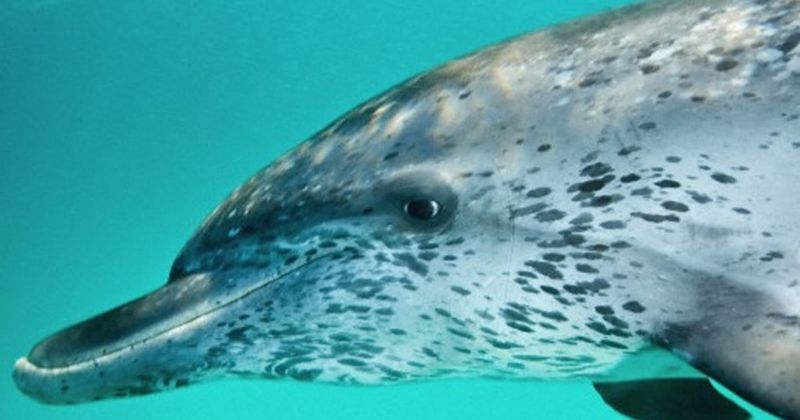
Atlantic spotted dolphins possess cognitive abilities that astound researchers. Their large, complex brains allow them to remember specific individuals—both dolphin and human—even after years of separation.
Florida researchers have documented cases where dolphins recognized specific boats and people after multi-year absences. This remarkable memory helps them navigate their social world and maintain relationships. Some scientists believe their memory capacity might even surpass certain aspects of human recall.
10. Dolphin Daycare Centers
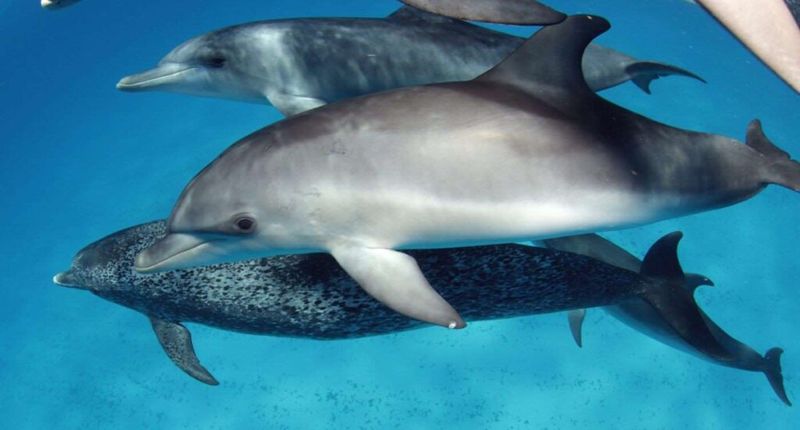
Florida’s Atlantic spotted dolphins have developed sophisticated childcare systems. Young calves stay with their mothers for up to five years, learning essential survival and social skills through observation and guided practice.
Female dolphins often form “nursery groups” where mothers take turns watching the young, allowing others to hunt or rest. This cooperative parenting approach creates safe spaces for calves to develop swimming skills and social behaviors while protected from predators by vigilant adult guardians.
11. Healing Mysteries
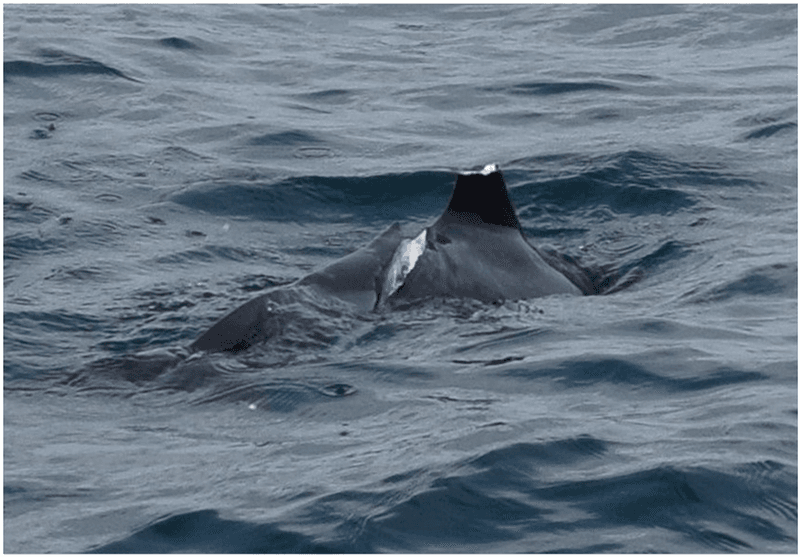
Atlantic spotted dolphins possess remarkable healing abilities that continue to puzzle scientists. When injured by predators or boat strikes, their wounds heal with extraordinary speed, often leaving minimal scarring.
Researchers believe their unique physiology includes specialized antimicrobial compounds in their skin and advanced immune systems. Some Florida dolphins have been documented recovering from injuries that would be life-threatening to humans, showcasing resilience that medical researchers hope might someday benefit human medicine.
12. Guardians Of Florida’s Marine Ecosystem
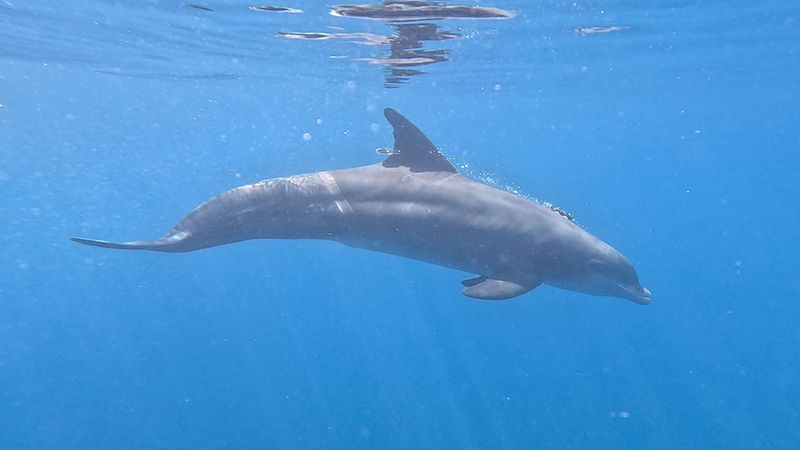
As apex predators, Atlantic spotted dolphins help maintain the delicate balance of Florida’s marine ecosystems. Their feeding habits regulate fish populations and prevent any single species from dominating the underwater landscape.
Their presence indicates healthy waters, making them living barometers of ocean health. Conservation efforts protecting these dolphins simultaneously shield countless other species that share their habitat, creating a ripple effect that strengthens Florida’s entire coastal ecosystem network.

